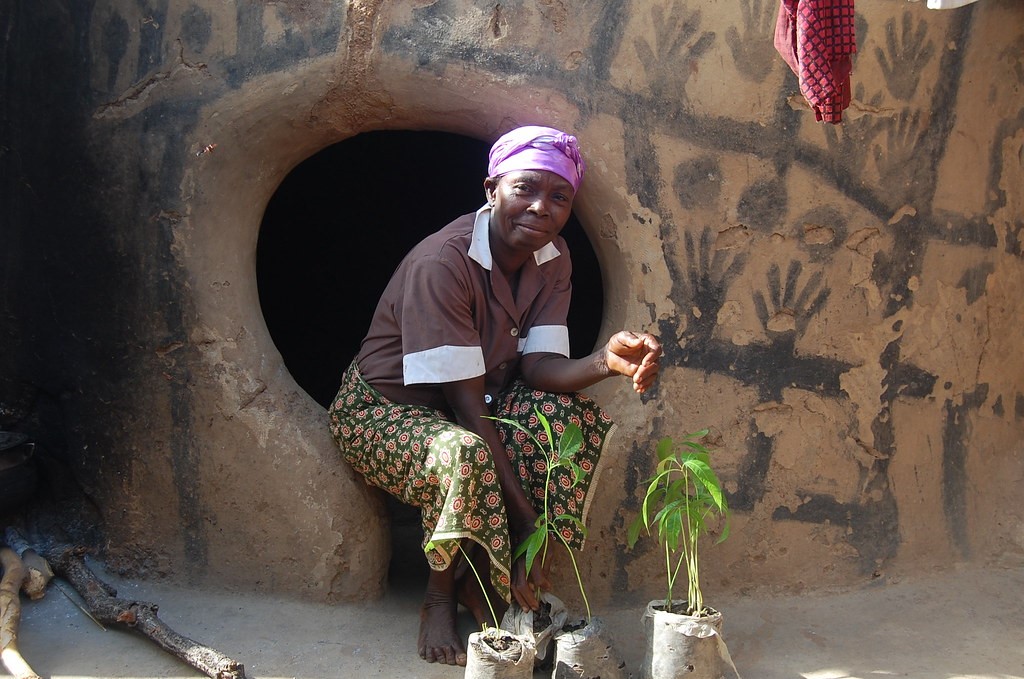What Are the Causes of Desertification?

As the world continues to heat up from causes both natural and manmade, nations across the globe are seeing once fertile land becoming barren and unproductive. Some consider this process, known as desertification, irreversible. Officially, the United Nations defines desertification as “the degradation of land in arid, semi-arid and dry sub-humid areas.” The shrinking of arable land threatens food and water security for those in poor and rural areas. Poverty and desertification go hand in hand in a vicious cycle. It is important to understand where this phenomenon tends to occur and what the causes of desertification are.
Where Does Desertification Occur?
Desertification is most common in Africa. More specifically, areas of sub-Saharan Africa see the largest amount of devastation from this environmental issue. By 2030, the U.N. Food and Agriculture Organization (FAO) calculates that upwards of two-thirds of Africa’s fertile, productive soil will be lost if desertification continues.
In Ethiopia, FAO calculates that desertification causes the loss of 92,000 hectares of woodlands every year, along with 2 billion tons of fertile, productive soil. As a result, Ethiopian citizens cannot rely on food security. Senegal, a country all the way across the continent from Ethiopia, also struggles with the harsh effects of desertification. Here, desertification causes low productivity in agriculture and has forced Senegal’s citizens to migrate.
Africa is not the only victim, however. Mexico’s citizens are suffering, too. Many entering the U.S. from Mexico are fleeing poverty caused by land degradation, according to the Natural Heritage Institute. The state of Oaxaca, where fruit trees native to Mexico once flourished, possesses dry patches of land no longer useful for agriculture. Every year, nearly one million Mexican citizens have little choice but to migrate away from the barren land that threatens job opportunities and food security.
The Causes of Desertification
Desertification is caused by a number of different issues. Human hands or natural occurrences can exacerbate or spark desertification. In areas of low precipitation, like Sub-Saharan Africa, long droughts that turn arid land to unproductive, barren soil are a frequent cause of desertification. Drought alters just about everything including farming opportunity, food and water security, population growth and migration. Drought exacerbates poverty, which is already an issue in many Sub-Saharan countries like Ethiopia and Senegal. Many people in these areas are unable to confront what causes desertification without proper preparation.
Human activities are also what cause desertification in many cases. Overcultivation or overcropping occurs in population-dense areas around the globe. Soil nutrients deplete and become unproductive in areas where growers overuse and overharvest formerly arable land. In Nigeria, over cultivation is a major issue threatening the livelihood of its citizens who depend on the nearly infertile land for agriculture.
Overgrazing of livestock is another root issue of desertification. Farmers would formerly graze livestock by moving the animals around, but this is no longer the case. Cattle grazing in a permanent space prevents the regeneration of the plants the animals are feeding on. Overgrazing makes the soil unusable since the land is unable to keep up with the needs of the livestock. This is a large threat in the Central Asian rangelands, like Mongolia and Kazakhstan.
The Good News
The world can combat this phenomenon by understanding the causes of desertification and implementing various acts to aid in regenerating arable land. The United Nations Convention to Combat Desertification (UNCCD), established in 1994, is working to improve conditions and increase productivity in vulnerable areas of the world. The organization created the Great Green Wall Initiative, in which the goals are to expand arable land, generate more economic opportunities and increase food and water security in struggling areas, among other objectives.
Action Against Desertification, an initiative built off of the Green Wall Initiative, is helping six African countries (Ethiopia, Senegal, Burkina Faso, The Gambia, Niger and Nigeria) that struggle most profoundly with desertification by educating farmers about more sustainable agricultural practices, planting millions of seedlings to expand arable land and rehabilitating desertified forests.
In May of 2017, the China-U.N. Peace and Development Trust Fund created the Juncao Technology project to combat desertification, erosion and hunger in Asian and African countries. The project’s approach is to replace wood with grass. This, in turn, will help to soften the blow of overgrazing and generate clean energy, all while preventing soil erosion and desertification.
Further, the UNCCD is working to achieve land degradation neutrality (LDN), which is defined as “a state whereby the amount and quality of land resources, necessary to support ecosystem functions and services and enhance food security, remains stable or increases within specified temporal and spatial scales and ecosystems.”
– Anna Giffels
Photo: Flickr
